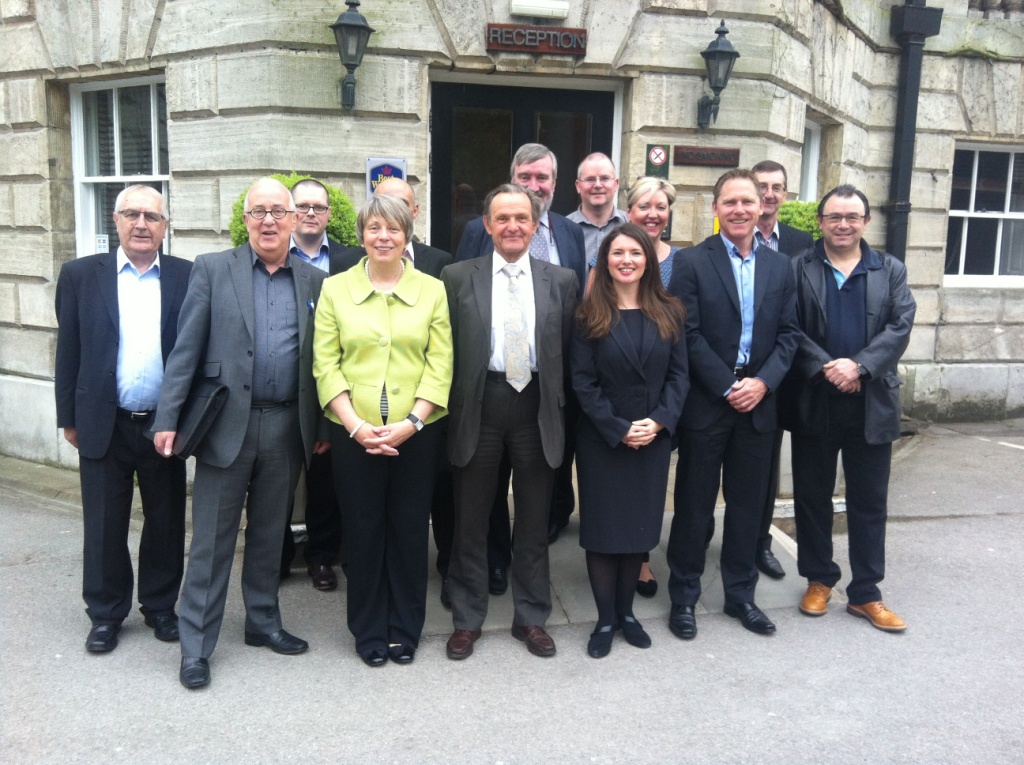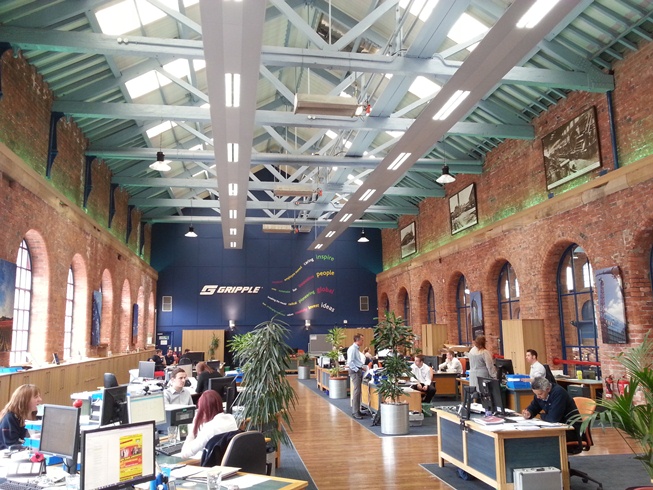 Leaders from across Europe came together recently in Brussels to discuss all aspects of co-operative development, including how to engage with young people looking to collaborate in business.
Leaders from across Europe came together recently in Brussels to discuss all aspects of co-operative development, including how to engage with young people looking to collaborate in business.
Fresh from the insightful conference in the Belgian capital, CDS chief executive Sarah Deas reveals some of the different approaches being taken by various countries.
Across Europe the next generation is eager to create new endeavour – young people wanting to start their own businesses. Many are talking about doing so together – championing a co-operative approach to match their values.
Recently I attended an event at which this message was loud and clear. I joined leaders from Flanders, Finland, Italy, Sweden and the UK in Brussels to share our approaches to co-operative development.
We heard from Gordon Hahn, chair of Sweden’s Coompanion, on how his organisation is tapping into this growing desire to collaborate. They recently launched ‘Generation Kooperation’, a campaign targeting 20 – 35 year olds.
I explained how here in Scotland we are also supporting the growing interest in the younger generation by developing teaching resources and a toolkit for use in universities and colleges. Following a successful pilot, we are now working with the Scottish Funding Council to support the roll-out of these resources across the futher and higher education sectors.
Other insights from our day in Belgium included recognition of the role that strong national bodies play in promoting the adoption of co-operative models. We were all impressed to hear how Coompanion, which operates 25 co-operative development centres across Sweden, has supported 5,000 new co-operative entrepreneurs over the last fiveyears.
Niina Immonen and Mirja Taipale, from Tampere Region Cooperative Center, also described the important Finnish initiative upskilling 820 business advisers – ensuring co-operative models are considered as mainstream options. Their contemporary campaign – ‘Enterprising Together’ – was designed to stimulate public interest in working with others. It involved radio broadcasts, mass distribution of brochures and events across Finland. Together these initiatives resulted in a 10% per annum increase in co-operative start-ups.

All the nations identified emerging opportunities for co-operatives in:
- creative industries
- tourism
- social care
- renewable energy
- broadband
Consortium co-operatives are becoming increasingly prominent in the tourism and creative industries as a vehicle for business collaboration. Italy’s distinct legislation has resulted in 15,000 social co-operatives. The UK’s community shares initiative has enabled over 200 communities to invest in local enterprises. And, in Sweden, co-operatives provide 20% of the broadband infrastructure.
Our host, the Flemish Government, in its commitment to co-operative entrepreneurship is calling for ‘proposals’ for new co-operative business models – a refreshing and pioneering approach.
The increasing relevance of co-operative models in modern-day Europe was evident throughout the day – driven by changing societal values and the need for innovative solutions to local issues. A big ‘thank you’ goes to Kristof Welslau for arranging such a valuable day.
It is over 50 years since President Kennedy spoke of the torch being passed to a new generation. “United, there is little we cannot do in a host of co-operative ventures”. It may be our young people who will now take forward that torch and drive the adoption of co-operative models, not just in Scotland but world-wide.
 The first of five CDS
The first of five CDS 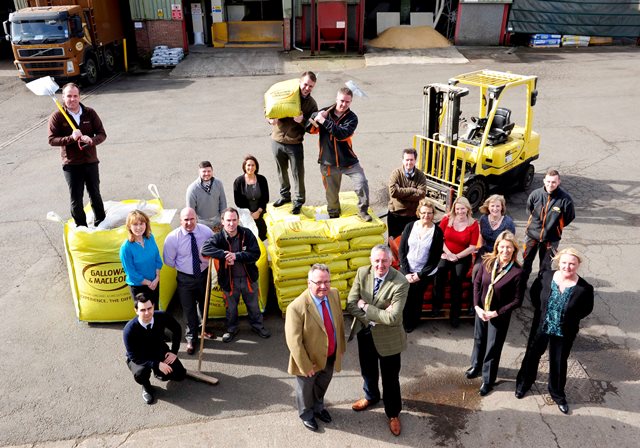
 In 2012, industrial textile manufacturer Scott & Fyfe – a fourth-generation family business – made the transition to employee ownership (EO).
In 2012, industrial textile manufacturer Scott & Fyfe – a fourth-generation family business – made the transition to employee ownership (EO).





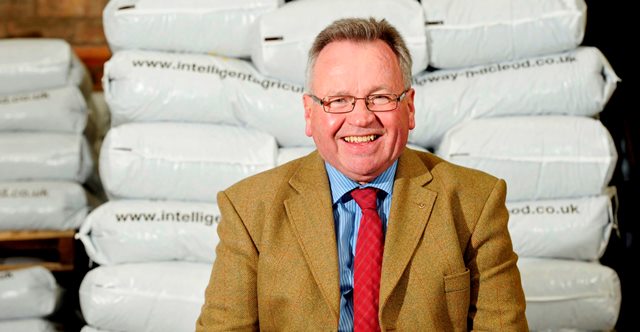
 Last week we hosted the first of our
Last week we hosted the first of our 

 At the most recent CDS Advisory Board meeting, some of Scotland’s key industry figures gathered to discuss how ‘stakeholder banks’ can be the ideal solution for co-operatives looking to raise capital.
At the most recent CDS Advisory Board meeting, some of Scotland’s key industry figures gathered to discuss how ‘stakeholder banks’ can be the ideal solution for co-operatives looking to raise capital. 


 Last year, for a second consecutive year, CDS ran the Collaboration Prize – an opportunity for three businesses from across Scotland to each win £10,000 worth of cash and support to get their consortium business idea off the ground.
Last year, for a second consecutive year, CDS ran the Collaboration Prize – an opportunity for three businesses from across Scotland to each win £10,000 worth of cash and support to get their consortium business idea off the ground.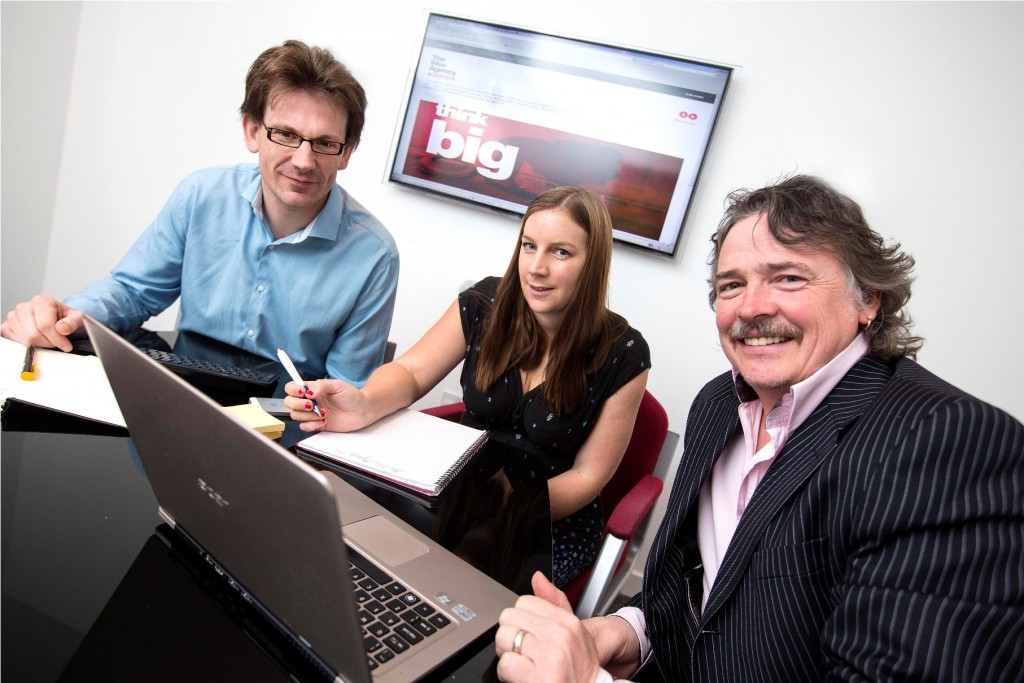


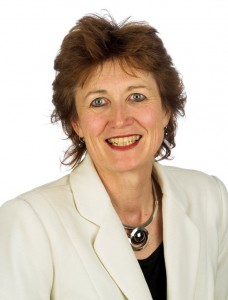 From Sarah Deas, Chief Executive, Co-operative Development Scotland
From Sarah Deas, Chief Executive, Co-operative Development Scotland For Co-operative Development Scotland it’s an opportunity to shine a light on the positive contribution that co-operative and employee ownership models are playing in the Scottish economy. Working with the Supplier Development Programme, we’ve been helping businesses to
For Co-operative Development Scotland it’s an opportunity to shine a light on the positive contribution that co-operative and employee ownership models are playing in the Scottish economy. Working with the Supplier Development Programme, we’ve been helping businesses to 
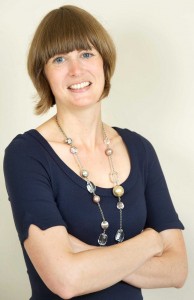 Jaye Martin is a specialist adviser who joined Co-operative Development Scotland this summer. Here she shares her experience of what it’s like to work at Scotland’s co-operative and employee-owned enterprise development organisation.
Jaye Martin is a specialist adviser who joined Co-operative Development Scotland this summer. Here she shares her experience of what it’s like to work at Scotland’s co-operative and employee-owned enterprise development organisation. This has been a revelation for me as I’d never been involved behind the scenes of a competition before – unless you count making up a quiz sheet for Comic Relief to sell around my village when I was 12! We were overwhelmed with the quality of the collaborative ideas contained in the applications this year and it’ll be a valuable learning experience for me to be involved in the strategy sessions for the winners when they take place in due course. Excitingly, we are poised to announce our winners shortly so watch this space…
This has been a revelation for me as I’d never been involved behind the scenes of a competition before – unless you count making up a quiz sheet for Comic Relief to sell around my village when I was 12! We were overwhelmed with the quality of the collaborative ideas contained in the applications this year and it’ll be a valuable learning experience for me to be involved in the strategy sessions for the winners when they take place in due course. Excitingly, we are poised to announce our winners shortly so watch this space…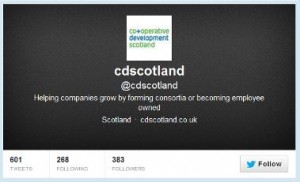 I can now see the real value in tweeting, blogging and their ilk – there is the potential to strike up dialogue with like-minded individuals and organisations and to spread the word about co-operative business models. Follow me
I can now see the real value in tweeting, blogging and their ilk – there is the potential to strike up dialogue with like-minded individuals and organisations and to spread the word about co-operative business models. Follow me  It’s been a busy few weeks for handmade rug manufacturers
It’s been a busy few weeks for handmade rug manufacturers 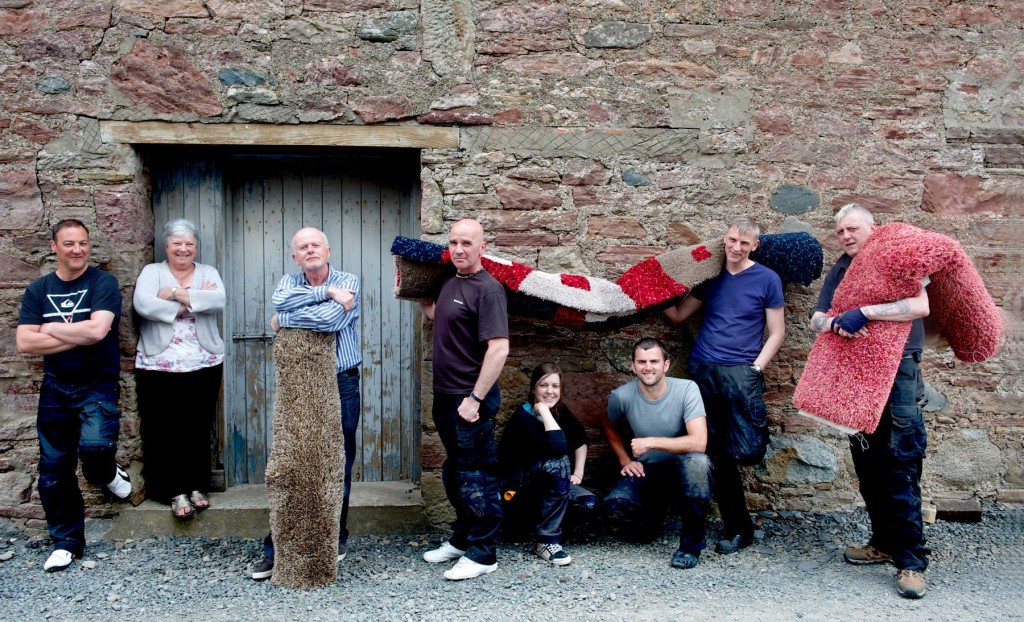
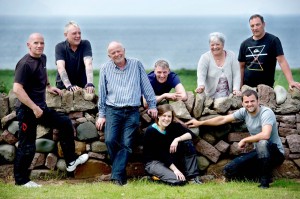

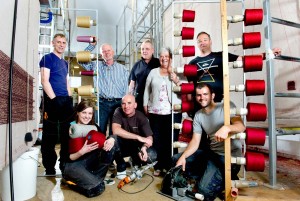
 Co-operative Development Scotland’s
Co-operative Development Scotland’s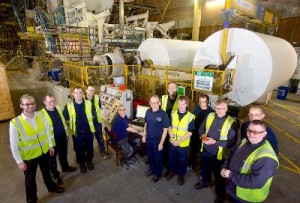

 Co-operative Development Scotland (CDS) is working with the
Co-operative Development Scotland (CDS) is working with the 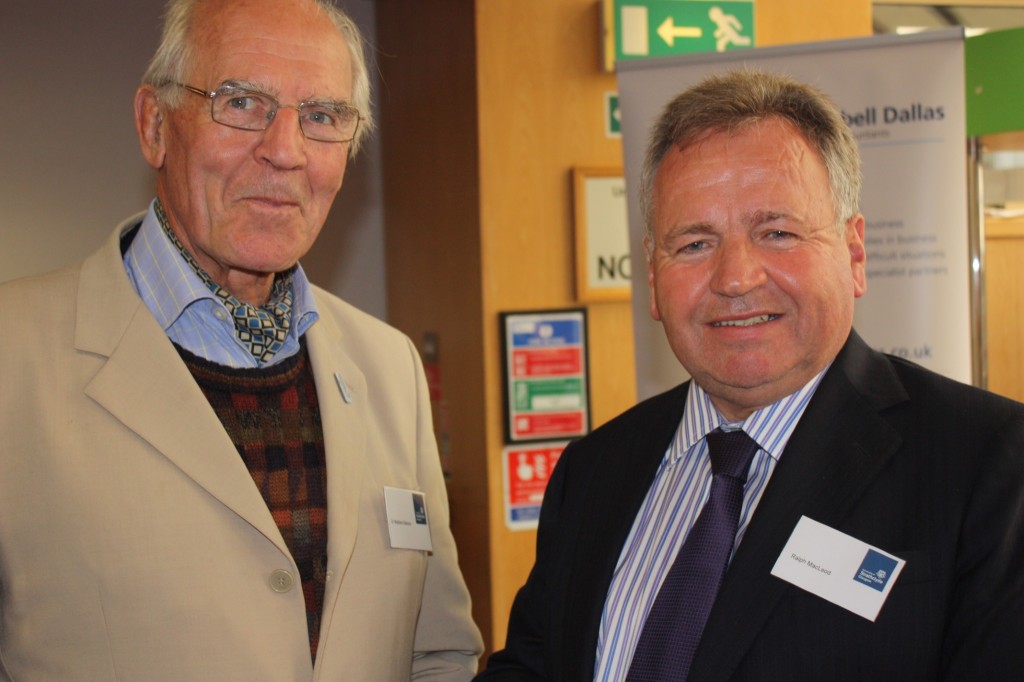


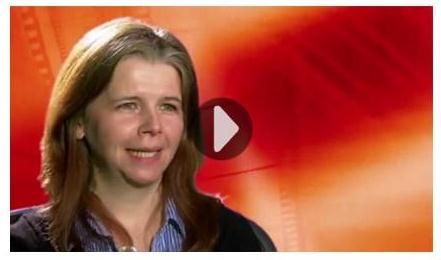

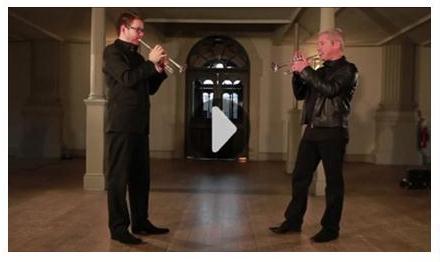
 Sheffield is a hive of employee owned organisations and the place to embark on a learning journey to see what makes these places really tick.
Sheffield is a hive of employee owned organisations and the place to embark on a learning journey to see what makes these places really tick. 